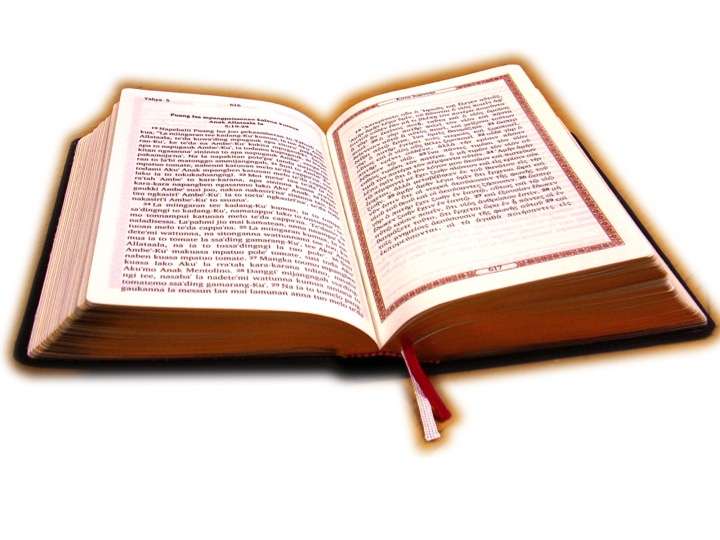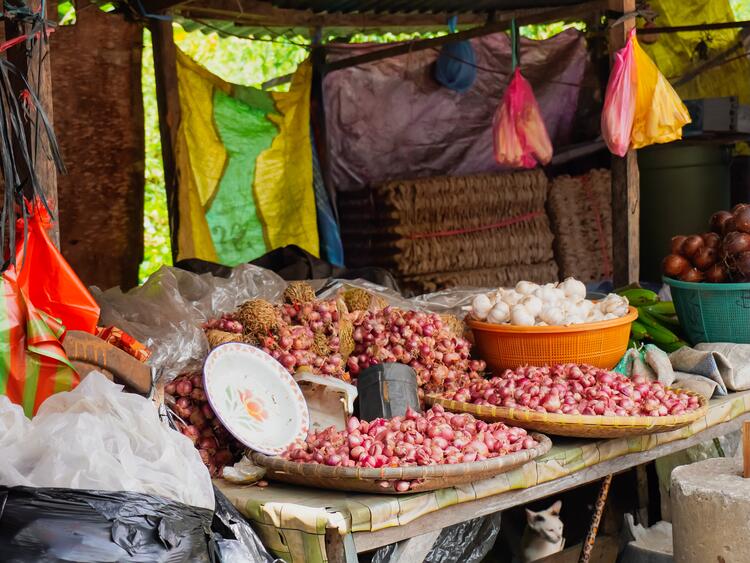Welcome to this website Tanaduri

Verse of the day
Kasiri'i to sininna tau, pakamoja'i to padammi tomatappa', kalaja' kasiri'i to Puang Allataala, ammikasiri'i to Tomaraja.
1 Peter 2:17Hormatilah semua orang, kasihilah semua saudara seiman, bertakwalah kepada Allah, dan hormatilah raja.
Greetings of peace
to all brothers and sisters!
In this site you can read texts in the Duri language. The Duri people live in South Sulawesi, Indonesia and around 120 000 people speak the language. On this site you can also read the Gospel or listen to the books of the prophets. If you have any question please click the Contact at the end of the page. Hope you will enjoy this site, and if you have some feedback please contact us.
Click this word if you want to see the Jesus film dubbed into the Duri language.
The New Testament and some books in the Old Testament is available in Google play store. Please click this word.




